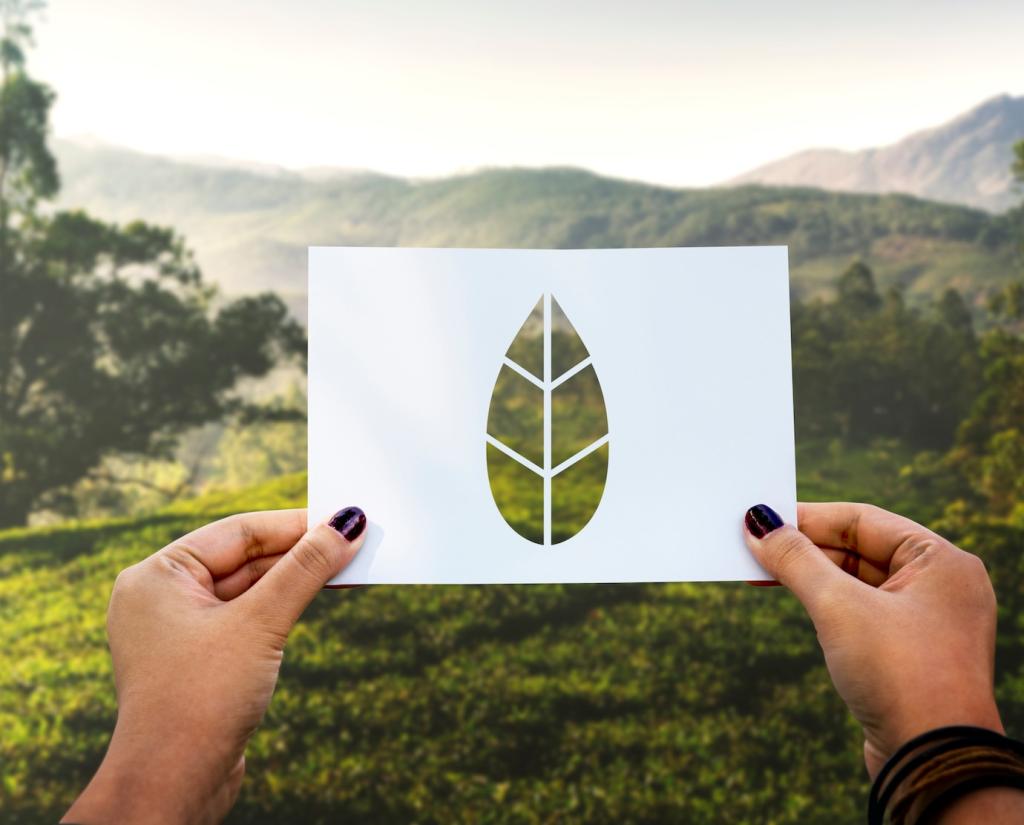Hardscapes That Help Water Work
Use gravel, permeable pavers, or open-joint stone set on a stable base. These surfaces let rainfall infiltrate instead of rush to drains. Edges can subtly guide water toward planting zones, turning every shower into a quiet irrigation event.
Hardscapes That Help Water Work
Pergolas, trellises, and strategically placed screens reduce leaf scorch and water demand. A vine-clad trellis over a seating area cools evenings while protecting nearby plantings. Shade keeps soils moist longer, slowing evaporation during the harshest weeks of summer.









